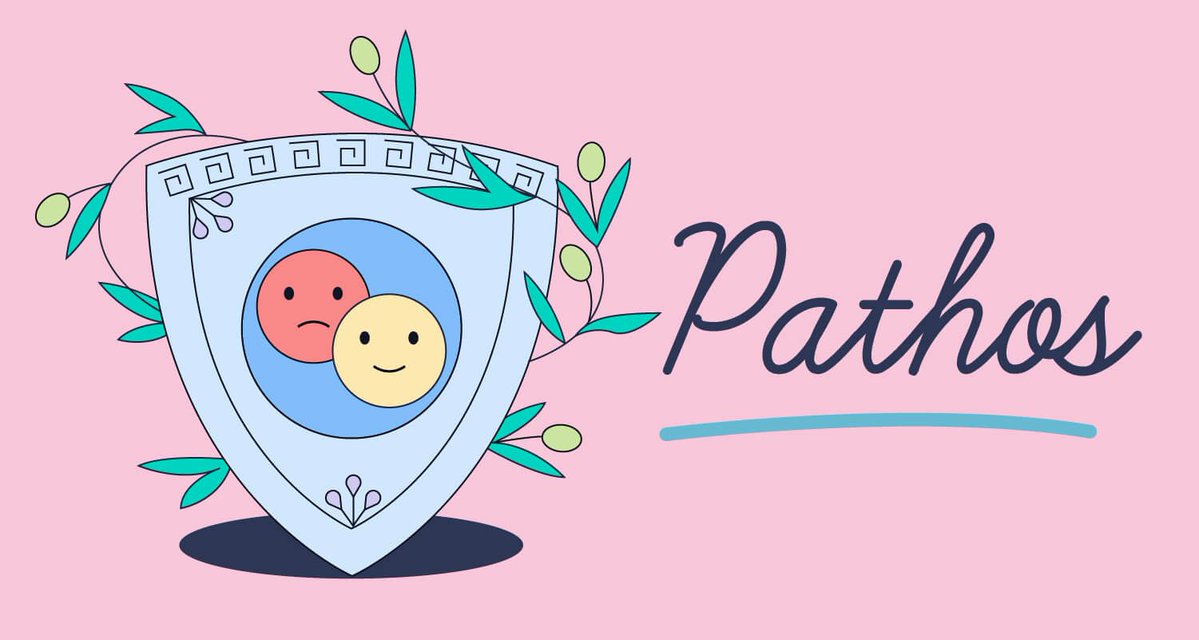#PonniyanSelvan1 is now on Prime.
Reading this spoiler-free thread could make you appreciate the film better!
What is the central conflict in Ponniyin Selvan? Is it interesting? What is the time period?
All of these are established in the 4th chapter itself, so gear up!
Reading this spoiler-free thread could make you appreciate the film better!
What is the central conflict in Ponniyin Selvan? Is it interesting? What is the time period?
All of these are established in the 4th chapter itself, so gear up!
https://twitter.com/PrimeVideoIN/status/1588390336187228161
At its core- the story theme is the same as Mahabharatha, Baahubali & Game of thrones, if you will.
One king is retiring. Who is going to become the next king?
The fight is for the Chola throne. The period is 968 AD according to Kalki.
Also, according to history!

One king is retiring. Who is going to become the next king?
The fight is for the Chola throne. The period is 968 AD according to Kalki.
Also, according to history!


A quick history lesson:
Parantaka-1 has 3 sons - the elder son died early in a war.
The middle son Gandaraditya became the next king. His son Madhurantaka was 1 year old when he dies.
So, Gandaraditya asks his younger brother Arinjaya to succeed him.
Fate played a game here!
Parantaka-1 has 3 sons - the elder son died early in a war.
The middle son Gandaraditya became the next king. His son Madhurantaka was 1 year old when he dies.
So, Gandaraditya asks his younger brother Arinjaya to succeed him.
Fate played a game here!

Arinjaya died in a year after becoming king.
We have 2 choices for the next king here:
1. The 3rd brother and current king's son - Sundara Chola of age 20 (played by Prakshraj)
2. The 2nd brother and ex-king's son - Madhurantaka, of age 2 (played by Rahman)
They went with #1

We have 2 choices for the next king here:
1. The 3rd brother and current king's son - Sundara Chola of age 20 (played by Prakshraj)
2. The 2nd brother and ex-king's son - Madhurantaka, of age 2 (played by Rahman)
They went with #1


24 years later, after Sundara Chola, who should become king?
1. Madhurantaka, age 26
2. Sundara Chola's 1st son Aditya Karikala (played by Vikram), age 25
Should the son of the older brother, or the grandson of the younger, be crowned?
A conflict as old as the Mahabharatha!

1. Madhurantaka, age 26
2. Sundara Chola's 1st son Aditya Karikala (played by Vikram), age 25
Should the son of the older brother, or the grandson of the younger, be crowned?
A conflict as old as the Mahabharatha!


After multiple conspiracies, betrayals, battles, natural disasters,
The answer to this question is provided at the end of the book-5. (Part-2 movie!)
You are in for a delightful treat of a journey! A tale for the ages!
Enjoy #PS1onPrime
May the love for Cholas increase!
The answer to this question is provided at the end of the book-5. (Part-2 movie!)
You are in for a delightful treat of a journey! A tale for the ages!
Enjoy #PS1onPrime
May the love for Cholas increase!

The story of Cholas and their history are crisply documented in this well-researched short book by @tskrishnan
It is available on Amazon for 52Rs:
amzn.to/3DZkNhh
It is available on Amazon for 52Rs:
amzn.to/3DZkNhh
@tskrishnan If you liked this thread, kindly RT the first tweet in the thread.
Follow @labstamil for more such content!
Link for the first tweet in the thread:
Follow @labstamil for more such content!
Link for the first tweet in the thread:
https://twitter.com/labstamil/status/1588399765611778048?s=20&t=ptbNzumEsFgRbWDv3xHkPA
• • •
Missing some Tweet in this thread? You can try to
force a refresh
























